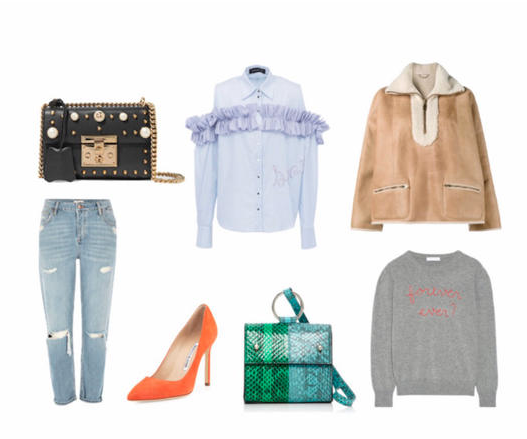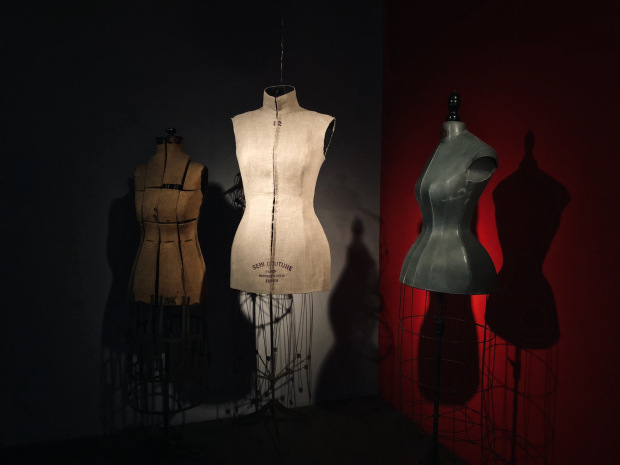
I was honored to serve on the advisory committee for a new exhibition at The Museum at FIT, The Body: Fashion and Physique. This exhibit explores the complex history of the “ideal” fashion body and the variety of body shapes that have been considered fashionable from the 18th century to the present. There are a number of historically and culturally significant pieces in the collection, including the gorgeous Christian Siriano gown Leslie Jones wore to the Hollywood premiere of Ghostbusters. What a thrill to see the craftsmanship up close and in person!
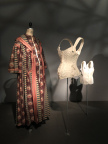
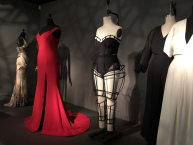
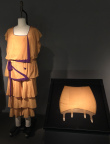
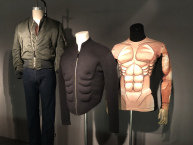
While working on this project, I was struck by the recurring theme of how fashion attempts to control the body, e.g., the 18th century stays (now referred to as corsets) has transformed into the 21st century waist trainer. While gazing at the pieces (which includes a child’s corset and rubber girdle!), I thought about the role of the body in fashion. How many times do we try to fit our bodies into fashions instead of changing fashions to fit our bodies? Fortunately, we see more designers attempt to address this question by diversifying fashion, certainly in the plus-size sector and most recently in innovative designers like Lucy Jones and Grace Jun who strive to make style accessible to people of all abilities.
I want to hear your thoughts on the body in fashion. How does fashion serve your body? Leave me a comment, and I hope you get a chance to see the exhibit.
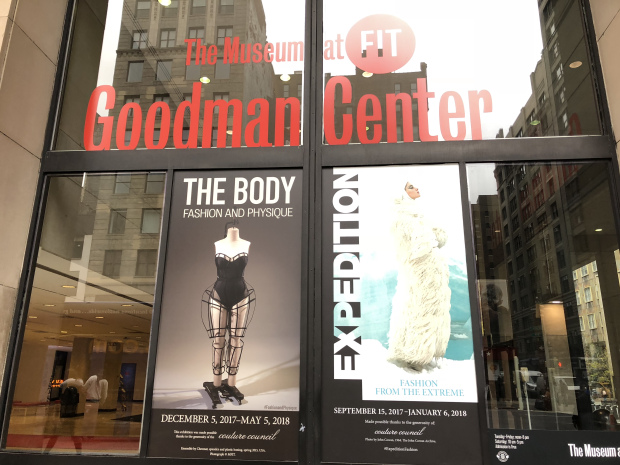
For more on this amazing collection, head over to the exhibition website. As the curator, Emma McClendon, describes:
The Museum at FIT presents The Body: Fashion and Physique, an exhibition that examines the complex history of the “ideal” body in fashion and considers the relationship between the fashion industry and body politics from the 18th century to the present. The Body features more than 50 objects from the museum’s permanent collection, many of which have never been on view. Within the exhibition, garments are supplemented with images from the popular press, fashion media, film, and other sources to highlight how the fashion industry has contributed to the marginalization of certain body types within our culture.
Fashion is inextricably linked to the physical form of the wearer. The cut of a garment draws the eye to zones of the body, simultaneously accentuating and concealing in order to achieve a desired silhouette. Elaborate undergarments, diet regimens, exercise routines, and plastic surgery have all been promoted as tools for attaining the ideal fashion figure. However, the fashionable body is a cultural construct that has shifted and changed throughout history to emphasize different shapes and proportions.
The exhibit is free and open to the public until May 5, 2018. If you are in New York City, check it out!
Advertisements



![IMG_3280[1]](/ai/055/154/55154.jpg)
